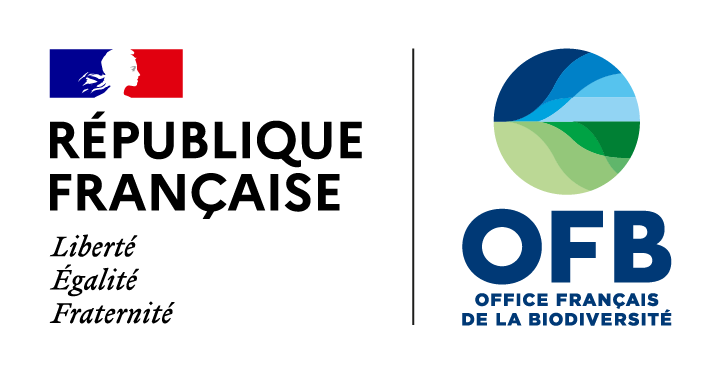WATERPROTECT Lower Llobregat river
The lower part of the Llobregat River (ca. 120 km²) is a catchment located near Barcelona which includes numerous wells for abstraction of groundwater and two important surface water collection points for drinking water production.
La partie avale de la rivière Llobregat (120 km²) est un bassin situé à proximité de Barcelone qui contient de nombreux forage pour pomper les eaux souterraines et deux importants captages d’eau superficielle pour la production d’eau potable.
The waterworks situated in San Joan Despí supplies drinking water to approximately half of the population of the Barcelona’s metropolitan area.
The catchment holds typical Mediterranean agricultural activities: mainly crops of fruits and vegetables spread over multiple small extension properties. The area is also charachterised by mulitple urban and industrial activities.
Numerous contaminants can be found in the Actionlab including nitrates, ammonium, pesticides and a large variety of emerging contaminants. These contaminants pollute the water of the river and its aquifers.
Successful mitigation measures taken up in the past to reduce contamination impact in the water resources include:
• The construction of a channel to divert water from two contaminated streams to a point of the river downstream of the waterworks,
• Enhancing soil aquifer treatment through recharge ponds,
• Injection of river water after sand filtration through a well in the Low Valley aquifer to increase ground water quantity and quality.
WaterProtect plans the following mitigation measures:
1. Identification of relevant best management practices for fertilizers and PPPs attenuation feasible in the case study considering type, cost, effectiveness, applicability, level of implementation, bottlenecks, strengths, as for example drift reducing nozzles, buffer strips, point source bioremediation systems (biobed, biofilter, Sentinel), adapted soil management, mycorrizhas (as installed in the Low Llobregat River)
2. Ranking/prioritization of possible BMPs based on cost effectiveness analysis (CPABLL)
3. Tentative implementation of selected measures, including innovative BMPs such as point source bioremediation based on the use of white rot fungi (WRF) and possibly also microalgae.
Other activities during WaterProtect will include dissemination through:
• the web, which will be routinely updated with new contents and recommendations
• the elaboration of ‘Policy briefs’ devoted to project key aspects
• organization of 2 information days
• preparation and distribution of practice material leaflets/brochures
• 2 field visits/demonstrations (WRF bioremediation, etc.…)
Sustainable continuation beyond the ‘WaterProtect’ project is guaranteed by the involvement of stakeholders such as the Catalan Water Agency, the Barcelona Water company, and the Water Users Association CUADLL, with whom there has been a long history of collaboration with CSIC which is likely to continue in future.




